Tribe of the Accord DevLog - Inspirations
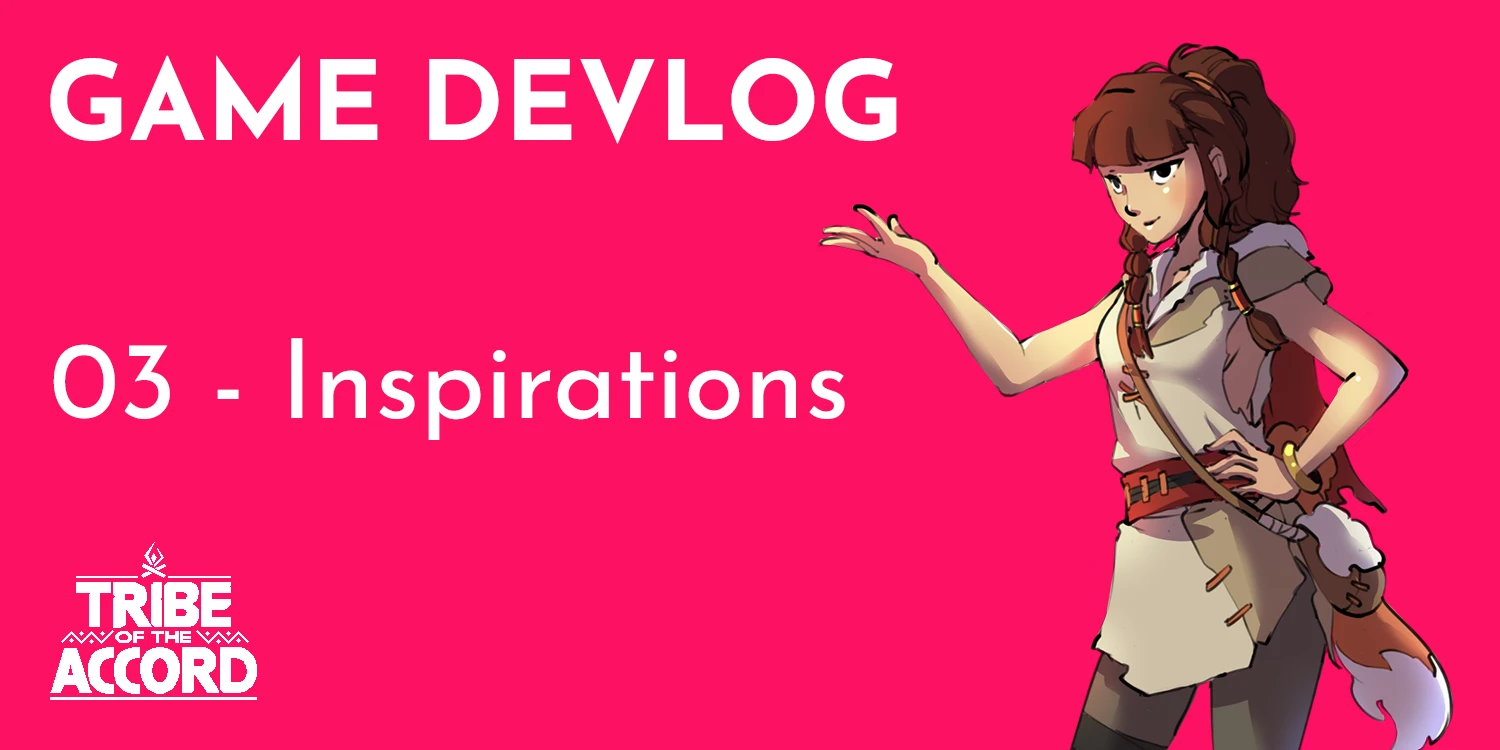
Hello, my name is Shaun. Thanks for joining me as we explore the development process for Tribe of the Accord, my stone age survival game. In this post, I’m going to walk through a few games that inspired me during the initial planning of Tribe of the Accord. This ranges from games that I played during my childhood through to current titles. I’ll go through some of these examples and explain how I applied some of the intricate details of them to Tribe of the Accord.

Nostalgia of childhood games
Many of us share a sentimental longing for the past, whether it be in the form of important events, people we care about, the music we listened to, the toys we played with, the movies we watched, the books we’ve read, and—in the case of this series—the video games we played growing up. Games trigger more nostalgia than toys because we are more emotionally invested in them, as they inspire feelings of joy and reward as well as pain and frustration. This plays well into the word nostalgia, which comes from the Greek ‘nostos’, meaning returning, and ‘algos’, meaning suffering. Anybody who’s ever played a Dark Souls game understands all too well this return to suffering.
My Favourites
I could spend forever walking through games I loved, such as compelling point-and-click adventures of Broken Sword and Monkey Island, gripping action stories of the Last of Us and Metal Gear Solid, or competitive fighting games such as Street Fighter, Mortal Kombat, and Tekken. However, this episode’s focus is the games which inspired me to create ‘Tribe of the Accord’. So, let’s start with my first inspiration and arguably my favourite of all time: Final Fantasy 7.
Final Fantasy 7 (VII)
Final Fantasy 7 hit hard growing up. It was set in an expansive and fascinating world and contained memorable music. It lays a great foundation for an epic story and incorporates a progressive weapon and ability system, but the thing that stood out to me the most was the unique and compelling characters, and not just the heroes, but the villains, as well. Final Fantasy 7’s focus on story made me want to keep going no matter how difficult things got. The polygonal characters, albeit designed to the constraints of the system, have a certain charm to them that I wanted to capture in Tribe of the Accord with a pixel art style.
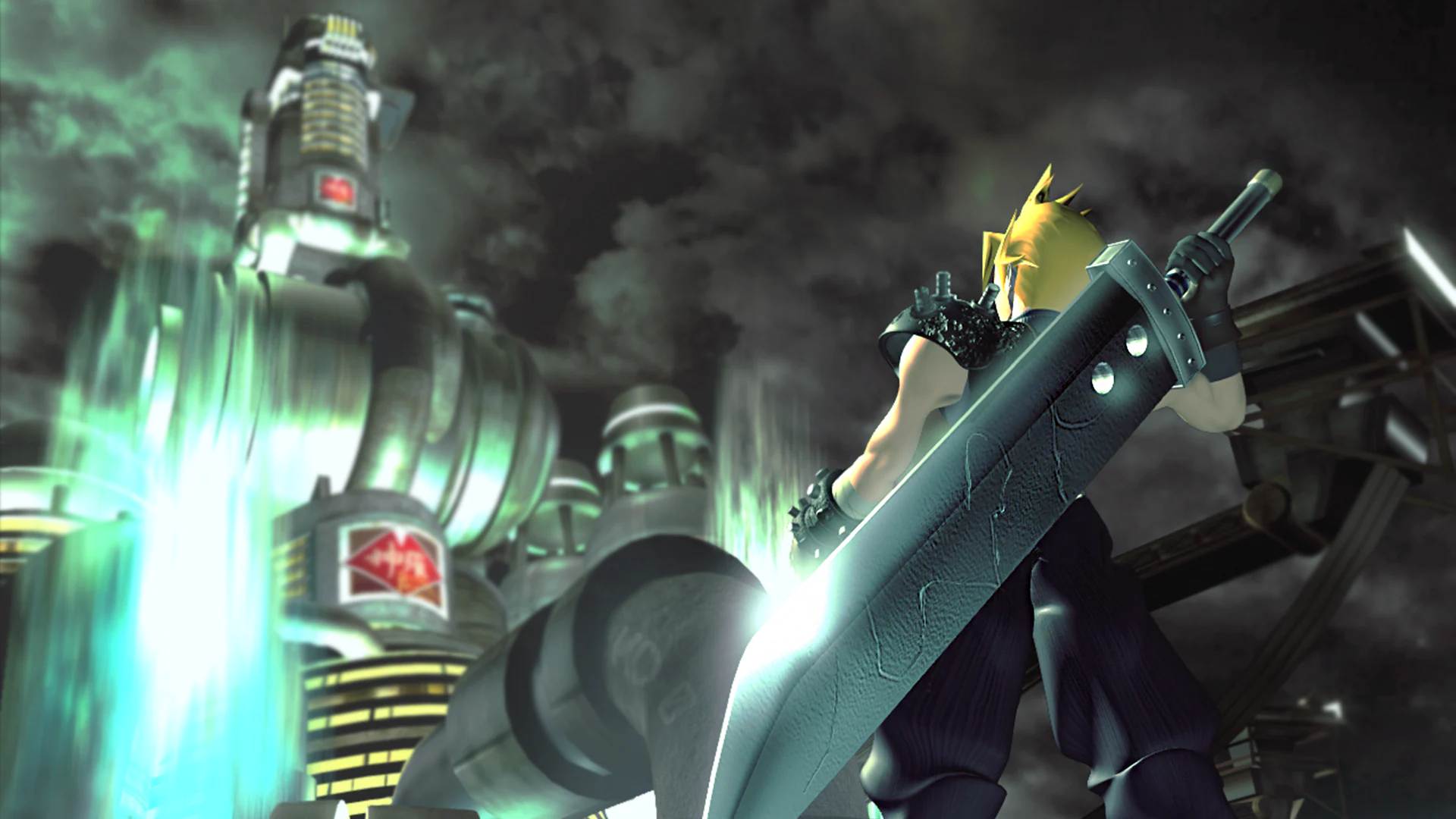
Rayman
One of the most challenging games I ever played was the original Rayman. The animations are smooth and pleasing to the eye, the various cartoon-art-inspired levels are consistently beautiful, the bosses are varied in difficulty and style, and, wow, this game was hard as nails and very unforgiving. It had a very simple story and premise: to rescue Electoons trapped in a total of 102 cages, with 6 of them hidden. This was enough motivation for me as a player; sometimes a simple story can work. As you progress, you are given new skills such as flying, hanging off cliff edges, and sprinting. I remember being excited to discover what I’d be able to do next. Inspirations I took from Rayman were the different level designs, giving the game a lot more personality as each setting had its own set of quirks such as Band Land with its labyrinth of slippery instruments and the Blue Mountains with its giant spiky balls, flying picks, and rock-based enemies.
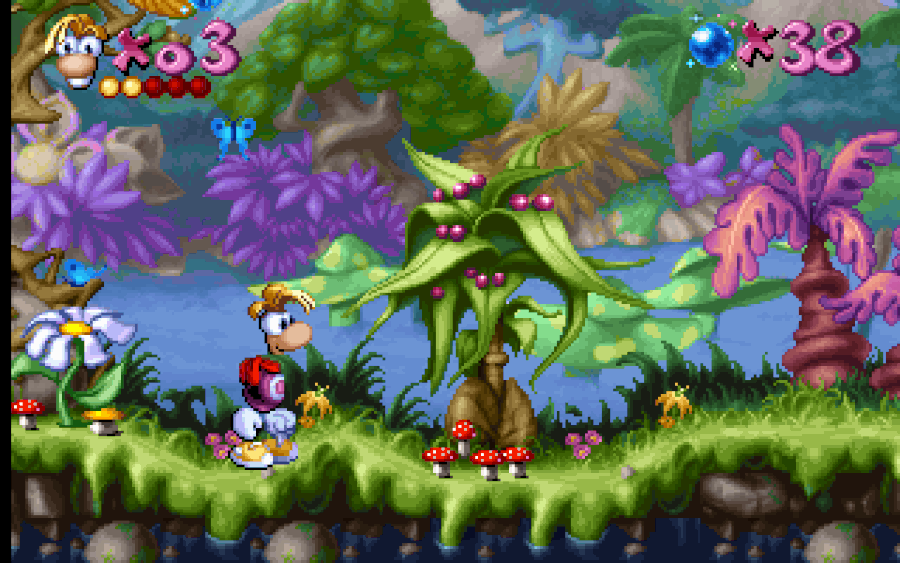
Tomba
Tomba is a game that may not be as memorable to others as it is for me. I remember renting it a few times from Blockbuster back in the day. It was a side-scrolling platform adventure with RPG elements. It had a semi-open world where you have to complete up to 130 events or quests which are initiated by Tomba interacting with a character or environmental element. Upon completing a quest, you were rewarded with adventure points that allowed you to advance to new areas. I thought this approach worked very well, and it’s something I considered for ‘Tribe of the Accord’. I want to allow you to opt into quests, but also give you the freedom to roam around to do your own thing on any given day.
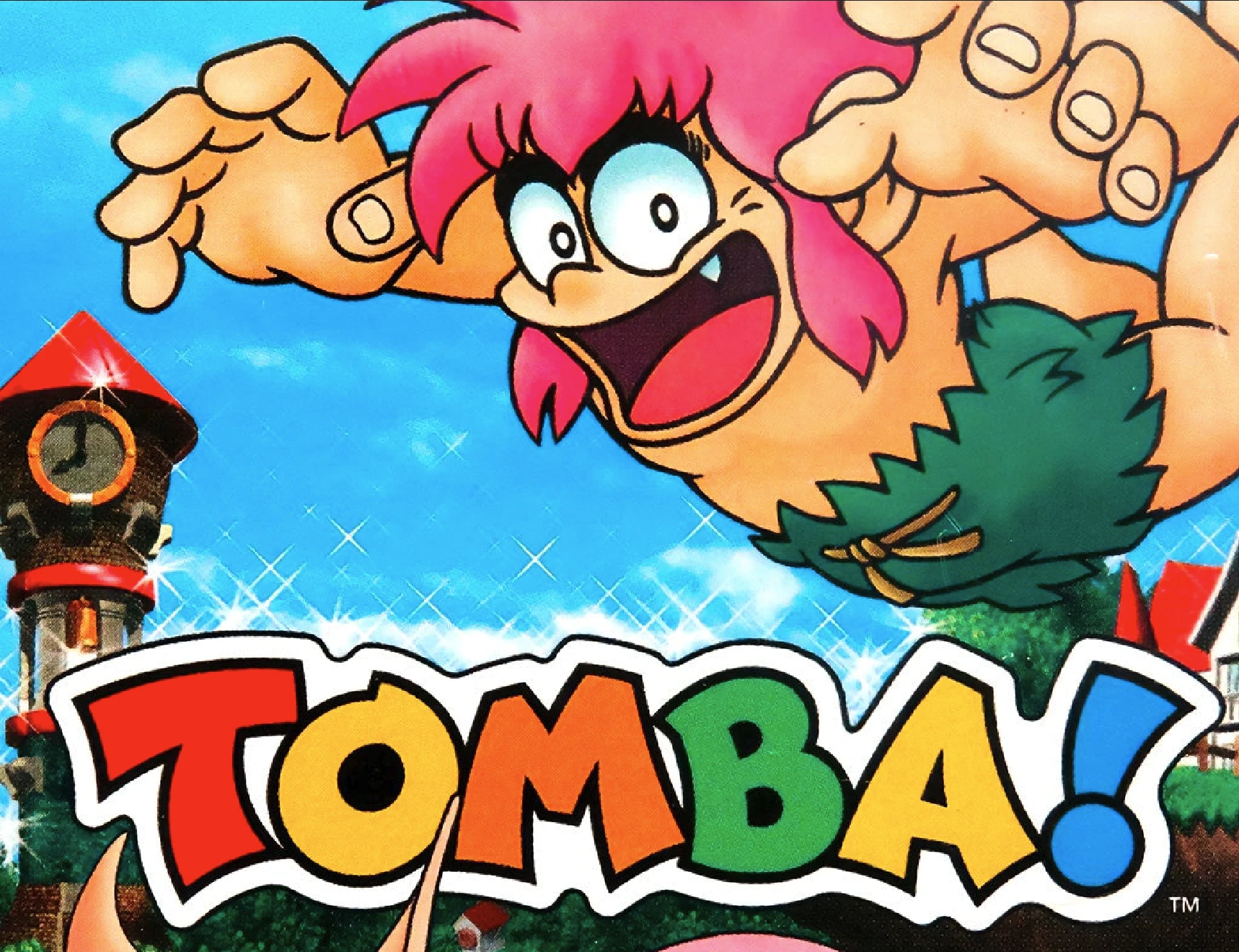
What do they have in common?
These games all have something in common: a good story. A game without one makes it difficult to become emotionally attached. There’s a good GDC talk on this titled ‘Creating Strong Video Game Characters’, by Jeremy Bernstein, which I highly recommend watching. His definition of a story in the talk is ‘Someone who wants something badly and is having a hard time getting it.’ In the case of Tribe of the Accord, Adira, the protagonist, wants to prove herself as a tough and competent hunter who can fend for herself in a perilous, primal world.
Aesthetics
Now, let’s discuss game aesthetics. This refers to the sensory phenomena that the player experiences through the game, such as the visual, aural, haptic and embodied. It can also refer to games that share similar art forms.
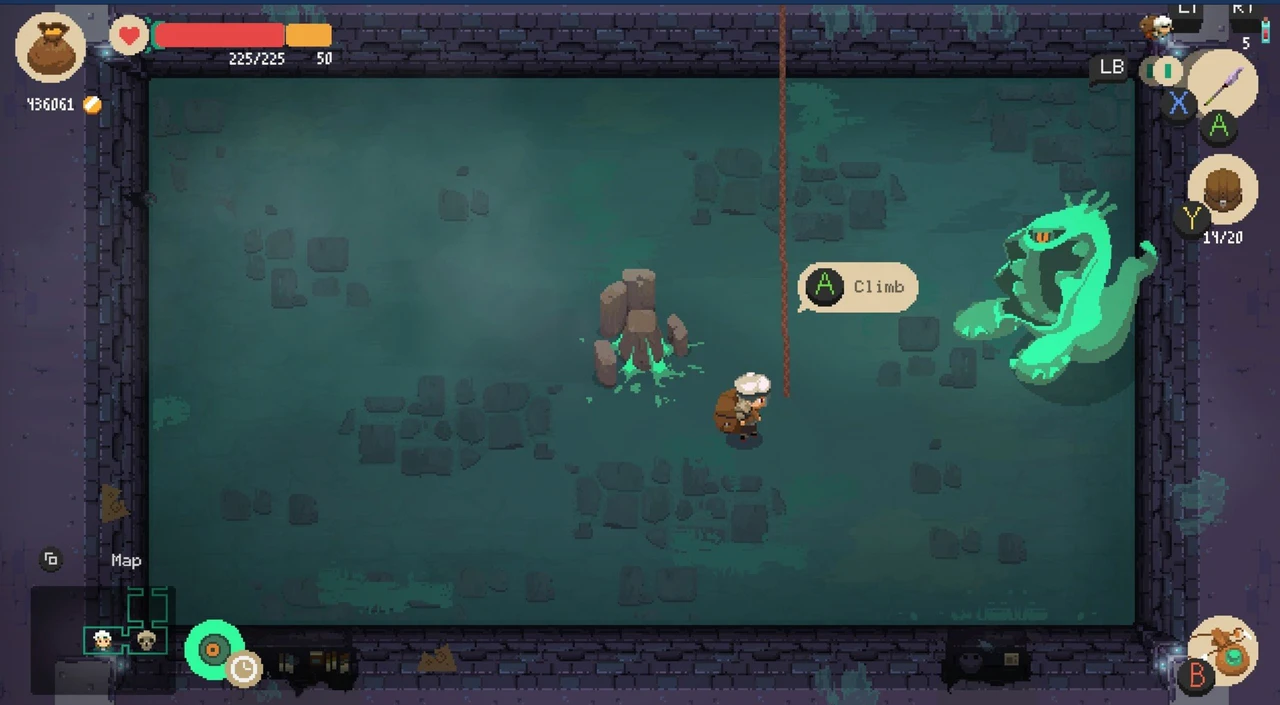
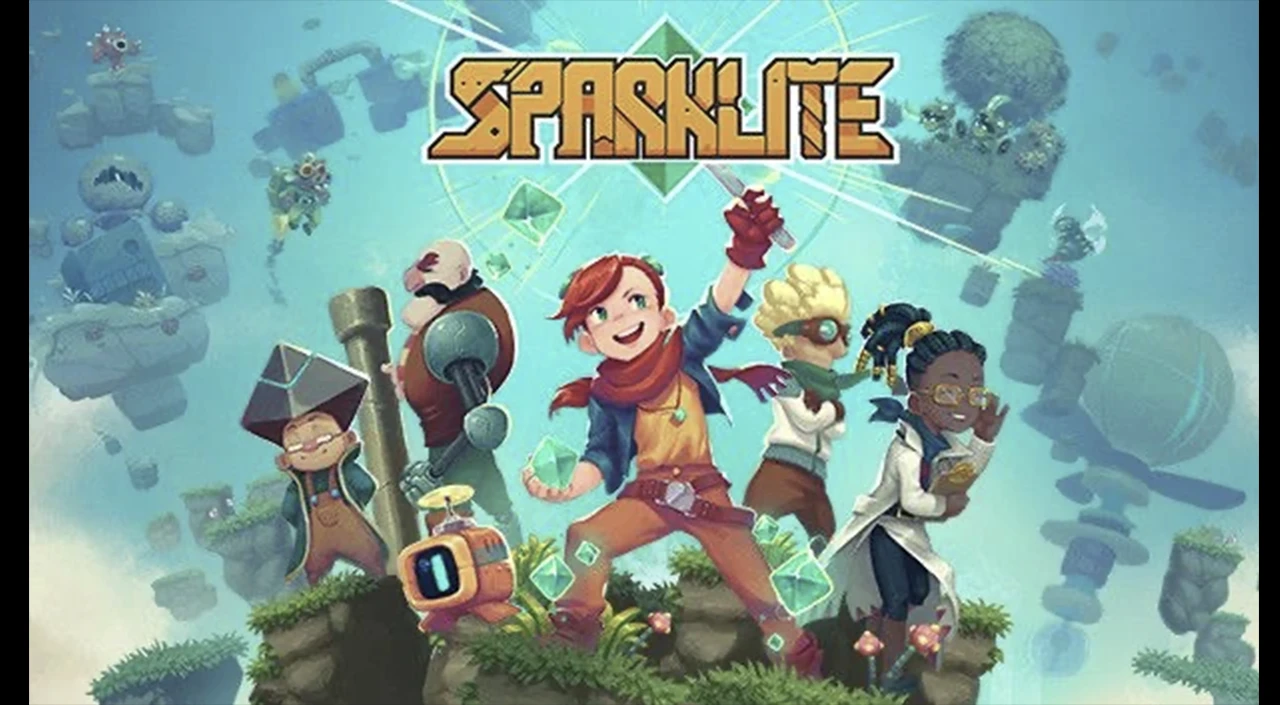
Moonlighter and Sparklite are pixel art rogue-lite style RPG games that share a similar visual style. Both seem to channel the original Zelda top-down approach. Both use very soft colour tones, smooth and consistent animations, and a simplified but effective environment that’s visually stunning. I love the procedurally generated dungeon crawling levels in Moonlighter, which keep it fresh and challenging with every playthrough, as well as Sparklite’s rich world fused with interesting mechanics and story.
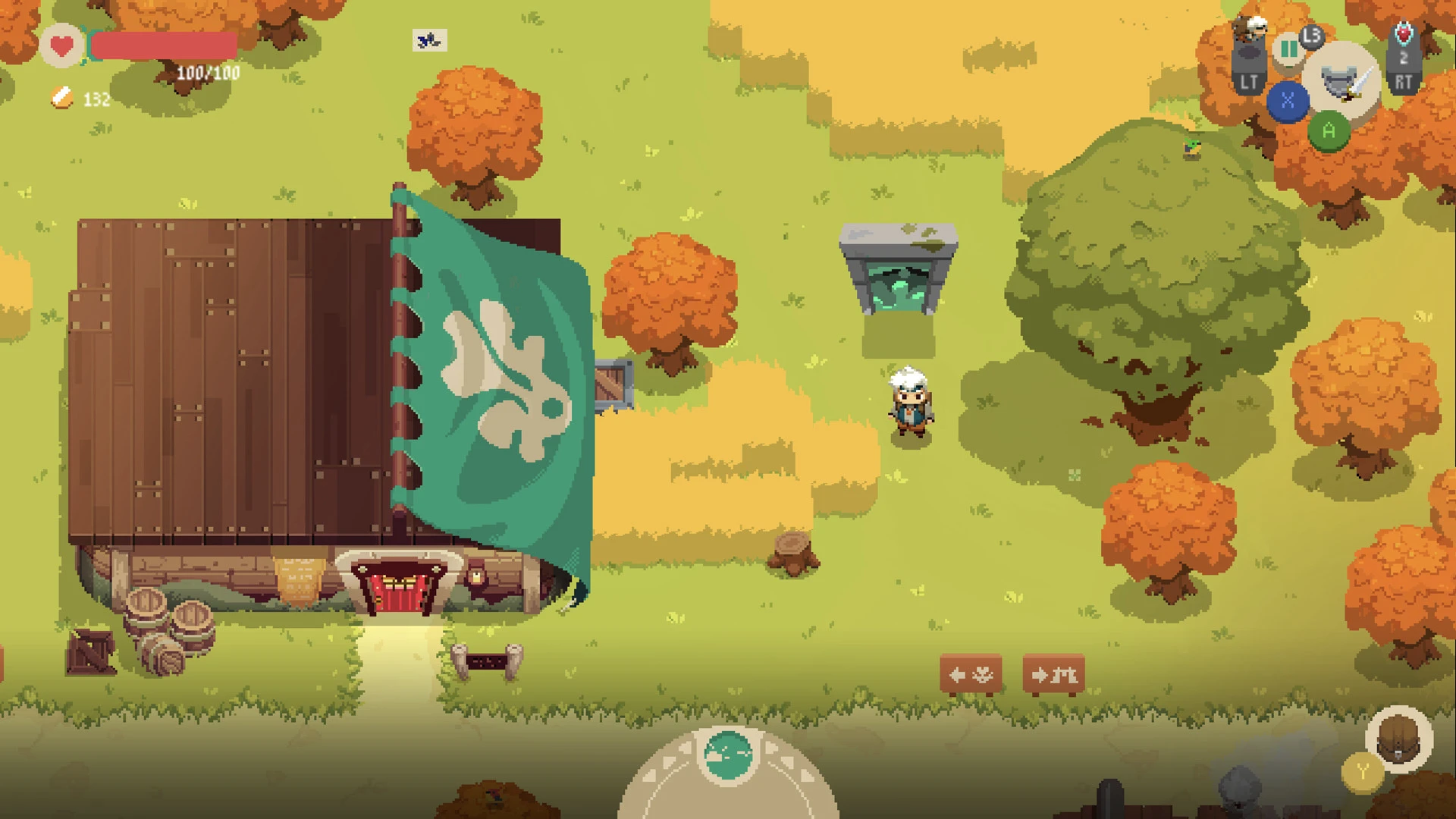
They both have a similar game loop of starting from and returning to some safe haven, and opting to venture out on each run into a perilous level full of enemies and obstacles. These are both heavy visual and gameplay influences for my game. The gameplay inspiration led to the loop of having a camp as a home base and setting out to hunt and gather, as described in the prior article in this series.
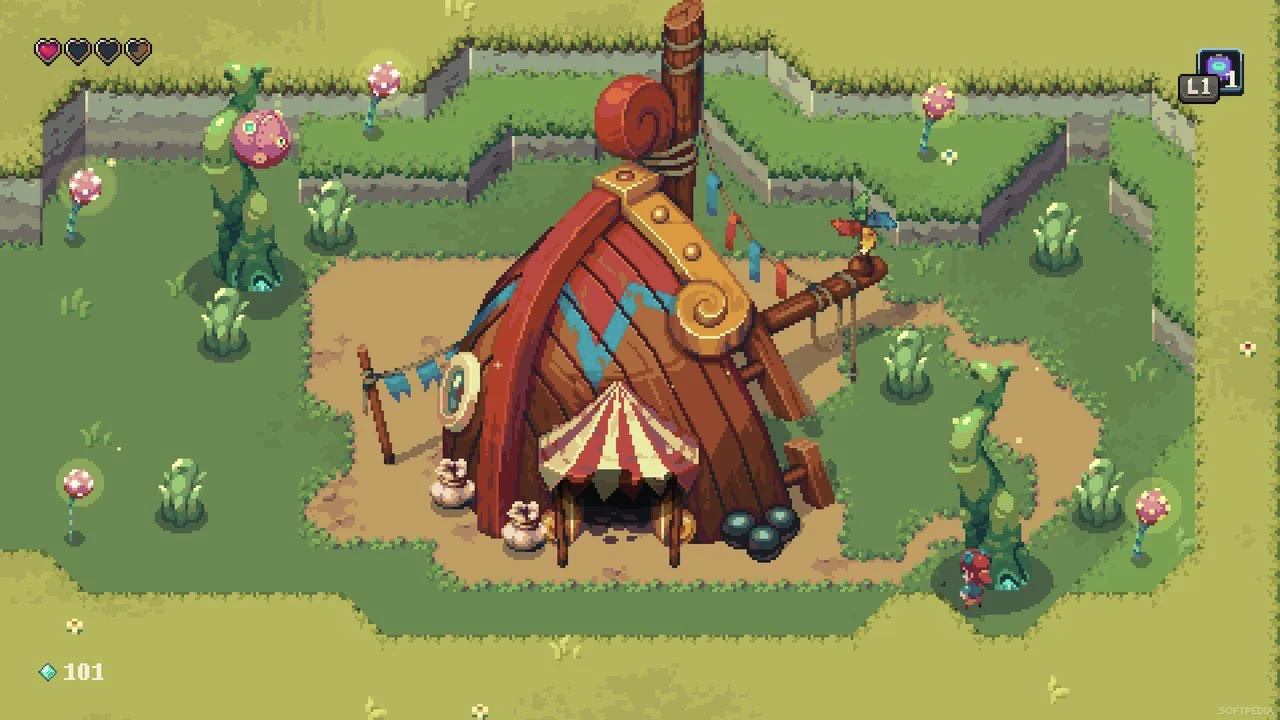
Mechanics
Some games that don’t follow the same visual style but have a big influence on the survival mechanics of Tribe of the Accord involve Don’t Starve, The Forest, Green Hell, and UnReal world.
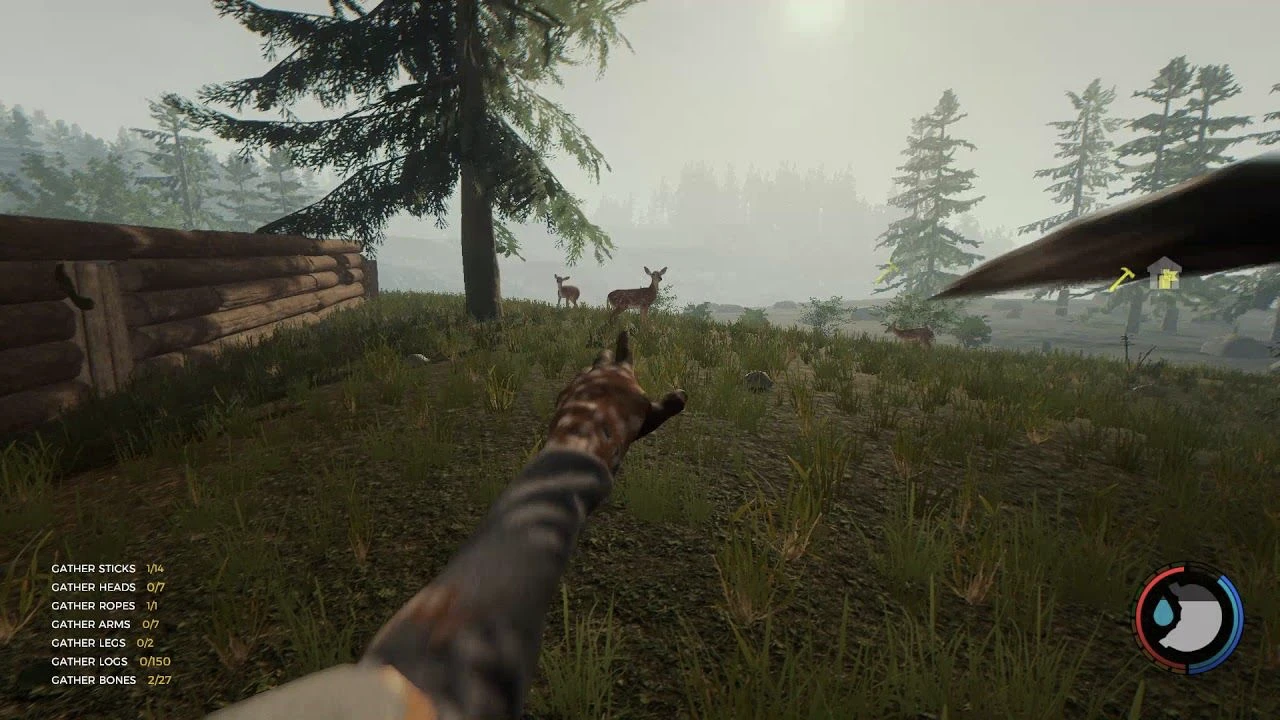
All are about survival, foraging resources, and crafting items to form makeshift weapons or to cook food. Don’t Starve is a great example of a successful game that has no story, and where survival is the name of the game. Once you’re dead, the world is lost along with with everything you created, but it’s addictive and extremely customizable throughout.
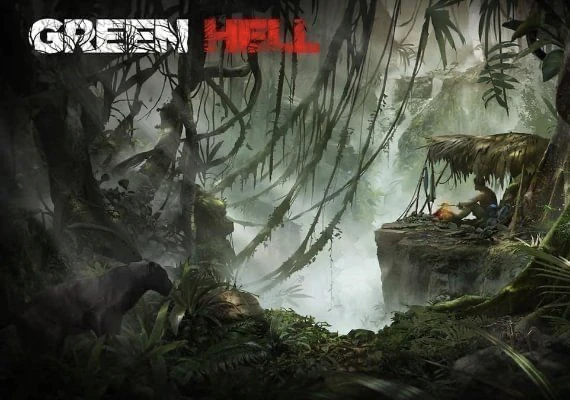
The Forest and Green Hell are both focused on survival, with the former more dedicated to building bases and fighting horrific threats such as cannibals, with the latter exploring more hardcore survival, oriented around health and wellbeing. All were superb inspirations for what kind of items, resources, challenges, and crafting mechanics I could include in Tribe of the Accord.
Summary
All these games are fantastic, and with such an abundance of quality features and visuals to draw inspiration from, I had a rough idea of what I wanted to create. A top-down pixel-art RPG based around hunting and gathering, focusing on survival, where you venture out into the wild to obtain resources, then craft items at your camp, with the option to opt into quests set by NPC characters. Tribe of the Accord was becoming the sort of game I would want to play!
Thank you for listening, and I’ll see you in the next episode where we'll be walking through the Game Engine I decided to use.
Book Adaptation
The book adaptation of the game is available in the following stores: